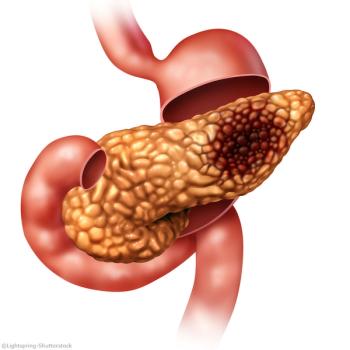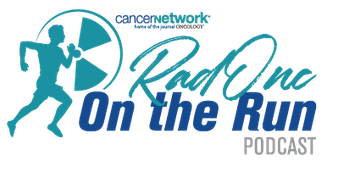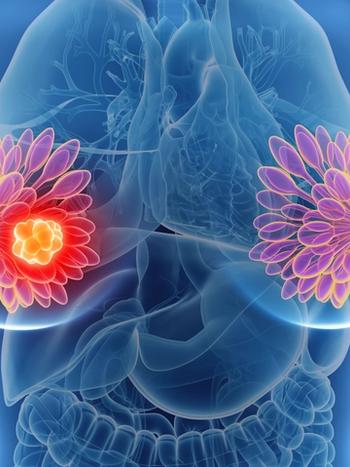
Oncology NEWS International
- Oncology NEWS International Vol 9 No 11
- Volume 9
- Issue 11
FDA Approves Trisenox for Second-Line Treatment of APL
ROCKVILLE, Md-Cell Therapeutics, Inc.’s Trisenox (arsenic trioxide) injection has won marketing approval from the Food and Drug Administration only 3 years after its pivotal phase II trial began.
ROCKVILLE, MdCell Therapeutics, Inc.s Trisenox (arsenic trioxide) injection has won marketing approval from the Food and Drug Administration only 3 years after its pivotal phase II trial began.
The agency approved the drug for treating patients with acute promyelocytic leukemia (APL) who do not respond to or have relapsed following first-line treatment with all-trans-retinoic acid (ATRA) and anthracycline chemotherapy.
The FDA found the safety and efficacy data presented by the company from the phase II study persuasive enough that it did not submit the new drug application to its Oncologic Drugs Advisory Committee (ODAC) for review.
Trisenox was approved as an orphan drug, a category for therapeutics intended to treat rare diseases. About 1,500 new APL cases are diagnosed annually, and an estimated 400 patients do not respond to or relapse from first-line therapy.
For patients with APL whose disease has recurred following initial treatment, the use of salvage therapy is highly toxic and rarely curative, said Carolyn Paradise, MD, vice president of clinical development for Cell Therapeutics. Results of the clinical trials using Trisenox demonstrated that a significant number of those patients who suffered multiple relapses were able to achieve a complete remission.
Twenty-eight (70%) of the 40 patients treated at nine US cancer centers in the phase II trial had complete remissions, according to Cell Therapeutics. The median time to remission was 51 days. Of the patients achieving a complete remission, 86% also had clearing of the chromosomal abnormality associated with APL.
At a median follow-up of 16 months, 68% of the patients who achieved complete remission were alive and 58% were disease-free.
We are impressed at both the high rate of complete remissions and the relapse-free survival in this high-risk population, said lead investigator Steven Soignet, MD, of Memorial Sloan-Kettering Cancer Centers Developmental Chemotherapy Service.
Arsenic-based drugs were used to treat leukemia in the United States and Europe more than 100 years ago, but they went out of fashion with the development of more modern chemotherapy.
Renewed interest in the drugs followed reports that some traditional Chinese treatments showed antileukemic activity and that Chinese scientists had identified the active ingredient in these therapies as arsenic trioxide.
APL Differentiation Syndrome
According to the FDA, Trisenox converts the immature white cells of APL into normal cellsan effect, similar to that of all-trans-retinoic acid, which can result in a sudden surge in the white cell count. Sometimes this increase in cells is accompanied by APL differentiation syndrome, which consists of inflammation and a build up of fluid, particularly in the lining of the heart and lungs. This adverse effect can prove fatal.
Normally, oncologists treat the syndrome by stopping therapy temporarily and giving high-dose steroids. In the pivotal phase II study, 8 (20%) of the 40 patients developed APL differentiation syndrome, but none of them needed to have their Trisenox therapy interrupted.
The drug can also increase the QT interval on a patients electrocardiogram, which, in some cases, can lead to potentially fatal arrhythmias. In the study supporting Trisenox approval, 16 (40%) of the patients developed significant in-creases in the QT interval. However, none of the 16 suffered serious ar-rhythmias, although one patient did experience a brief episode of irregular heartbeats.
Other common side effects included nausea, vomiting, diarrhea, abdominal pain, cough, rash, headaches, and dizziness. Mucositis and hair loss were uncommon. Most adverse events were considered mild and ended after completion of the therapy.
Trisenox therapy consists of induction and consolidation cycles, both of which use a dosage of 0.15 mg/kg. In the induction cycle, the drug is infused intravenously daily for 1 to 2 hours until the bone marrow is clear of leukemic cells, with a limit of 60 days of treatment. In the phase II trial, most patients were treated for 44 days or less, although some went the full 60-day course.
About 3 weeks after tests show the bone marrow is free of abnormal cells, consolidation treatment is begun. This consists of 25 treatments given on weekdays over 5 weeks.
Articles in this issue
about 25 years ago
Joe & Ali Torre Lead ‘Two Against One’ Prostate Cancer Campaignabout 25 years ago
Efforts to Reduce Tobacco Deaths May Fail in the Short Termabout 25 years ago
Data Published for First-Line Irinotecanabout 25 years ago
Manufacturing Capability a Factor in Success of New Biologicsabout 25 years ago
Report Finds States Not Using Tobacco Funds for Preventionabout 25 years ago
NCI Intramural Program Challenged to ‘Reinvent Itself’about 25 years ago
Surgery Supported for Recurring Colorectal Cancerabout 25 years ago
Breast Cancer Stamp Funds $6.7 Million in 2-Year NCI Grantsabout 25 years ago
Human Side of Cancer Offers Insights on Coping With the DiseaseNewsletter
Stay up to date on recent advances in the multidisciplinary approach to cancer.

























































































